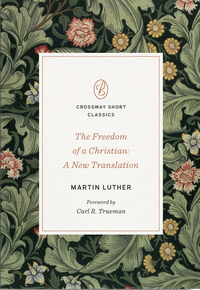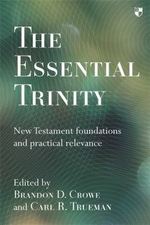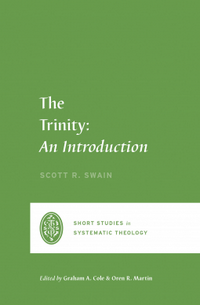by Jeremy Treat
DETAILS:
Series: Short Studies in Systematic Theology
Publisher: Crossway
Publication Date: August 22, 2023
Format: Paperback
Length: 158 pg.
Read Date: September 24-October 1, 2023


Here is my approach to the atonement in a nutshell: The death of Christ is a multidimensional accomplishment within the story that begins in the garden and culminates in the kingdom. While the achievements of the cross (forgiveness, victory, adoption, and so on) are unending, the heart of the cross, out of which everything flows and finds its coherence, is Christ dying in our place for our sins. The atoning work of Christ not only reconciles sinners to God but also to one another, calling us into a life of taking up our crosses as we follow our King. In other words, we need a kingdom-framed, substitution-centered, multidimensional, integrated, communal, life-changing approach to the doctrine of atonement.
A Quick Confession
I really wasn’t that interested in this volume. I got it because I’m a completionist—the rest of the topics in this series so far (and those I’ve heard are coming) intrigued me. This seemed too narrow a topic, honestly, maybe one that would fit better under a larger topic like the Work of Christ—a companion piece to The Person of Christ: An Introduction.
It took me very little time to realize that I really appreciated Treat’s approach to and Treatment of the subject and that I was very glad I’d bought this. It’s easily one of my favorites in the series (something I’ll be repeating soon when I talk about The Holy Spirit: An Introduction, I have to admit).
Now that I’ve set the bar low for the rest of this, how about we move on to:
What’s The Atonement: An Introduction About?
Atonement theology, especially at the popular level, has been plagued by reductionism. Whether limiting Christ’s work to a purely spiritual salvation or only focusing on one of the dimensions of his work, many have truncated the breadth of Christ’s atoning death. A kingdom framework gives a comprehensive view of salvation, encompassing the renewal of heaven and earth while embracing the many dimensions of the atonement.
Treat definitely doesn’t take a reductionistic approach to his subject—but he doesn’t try to spread it too far, either. What he does do is take a panoramic look at the subject—trying to take in the scope of the doctrine, even if this introduction can’t get into the nitty-gritty details. I feel silly putting it this way, but the book really is a systematic/dogmatic introduction to the Doctrine of the Atonement—exploring what it is and why it matters.
Treat quickly points out that he has no desire to promote any of the various and popular theories regarding the Atonement so popular over the last century or so. He doesn’t care to deal with theories when it comes to this, he wants to focus on what we do know about the doctrine—and sure, as he admits, what he’s saying sounds a lot like the Penal Substitutionary Theory, but it also sounds like the Moral Influence Theory and Governmental Theories—because he’s trying to make sure his doctrine of the Atonement takes in and accounts for all the data.*
* I’d note that every Reformed expositor/defender of the Penal Substitutionary Theory that I’ve encountered over the last couple of decades would have the same understanding of Governmental and Moral Influence, So it’s not revolutionary—as much as Treat’s disdain for the ideal of “theories” may be unfamiliar.
He attempts to keep things focused on the eschaton, and the Atonement’s role in it, as well as a Kingdom-wide understanding—so that the reign of Christ is seen in view of his Atoning work. The last couple of chapters focus on the effects of the Atonement on the Church and believers.
An Added Bonus
Treat cites—at least in the epigraphs of each chapter, but generally more frequently—”majority world scholars.” “[S]ince the atonement is a global accomplishment, it will be best understood from a global perspective.”
That’s probably true of most of the topics in this series on Systematics—if not more of Christian dogma. But I appreciate Treat focusing on this and bringing in teachers/writers from all over the globe into his presentation in this book.
Trinitarian Focus
Early on in the book, Treat quotes Hans Urs von Balthasar, “The events of the cross can only be interpreted against the background of the Trinity.” This forms a substantial part of his position, and it’s something he covers well and thoroughly.
While the doctrine of atonement is centered on Christ, we cannot think of Jesus as an independent individual but as the Son of the Father who is empowered by the Spirit. Atonement is a work of the triune God through and through. On the cross, Father, Son, and Holy Spirit were at work together for the salvation of sinners.
Failure to acknowledge or stress this is part of the reductionism that Treat tries to battle throughout the book. While I applaud this battle each time he engages in it—but his stress on the Trinitarian nature of the Atonement is perhaps my favorite part of the book. It’s so often overlooked or skimmed past—but Treat doesn’t allow the reader to do that—and we’re rewarded by that.
So, what did I think about The Atonement: An Introduction?
While early Christians were mocked for their belief in the cross, Christians today have often domesticated the cross to make it more palatable for a modern society. Whether placed on a calendar in a Christian bookstore, tattooed on an arm, or elevated above a city skyline, we have tamed the cross and turned it into a decorative pleasantry. But only when we see the horror of the cross will we be ready to understand the glory of the cross.
I already gave that away, didn’t I? This really impressed me, changed my mind about the use of a book like it, and helped me refocus my understanding of the doctrine’s place—it also helped me be able to reframe things around the various “theories” of the atonement.
It’s not the easiest read in this series—but it’s by no means difficult. Treat writes in a compellingly clear way, but not one that doesn’t require thought to interact with. I found his style engaging and careful—a great combination when you’re considering the essential doctrines of the Faith.
This isn’t a book that spends any time on things like the “extent” of the Atonement—it’s about the purpose, means, and end of Christ’s great work. Sure, that has implications for questions about the extent, but that’s not what Treat wants to focus on here.
I won’t say the book is perfect—but I can’t think of any substantial problems at this point, and didn’t make any notes expressing concerns. I’m sure I—and most readers—would find a point or three to quibble with or push back against. But those are going to be so minor as to make no real difference in the overall estimation of the book.
Careful, challenging, encouraging, and centered on the great storyline of the Bible, with a focus on the eschatological promises and glories—exactly what we need more of. The Atonement: An Introduction is definitely one I recommend.

This post contains an affiliate link. If you purchase from it, I will get a small commission at no additional cost to you. As always, the opinions expressed are my own.

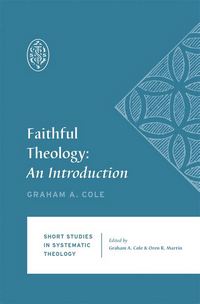


![]()


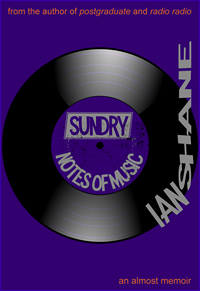

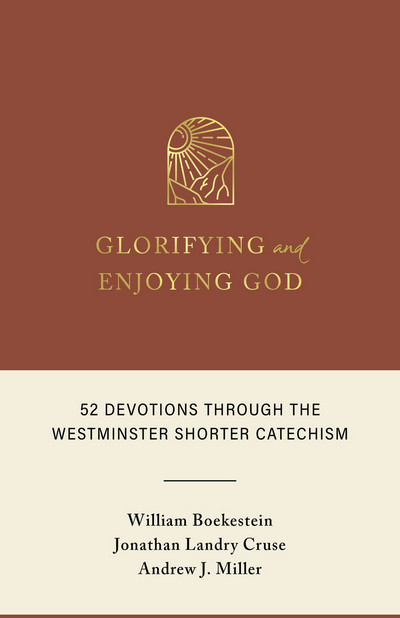
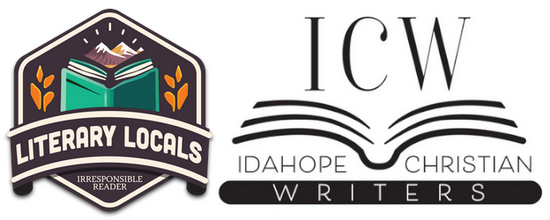

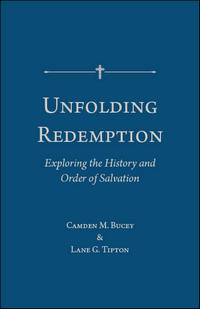
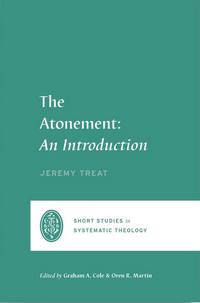



 The pacing is a bit odd—the “H” entries are around the fifty percent mark—I’ve come up with a dozen half-baked ideas/theories/jokes to explain it. It really doesn’t matter, but I thought it was odd. I don’t care—but it was something I noticed.
The pacing is a bit odd—the “H” entries are around the fifty percent mark—I’ve come up with a dozen half-baked ideas/theories/jokes to explain it. It really doesn’t matter, but I thought it was odd. I don’t care—but it was something I noticed.